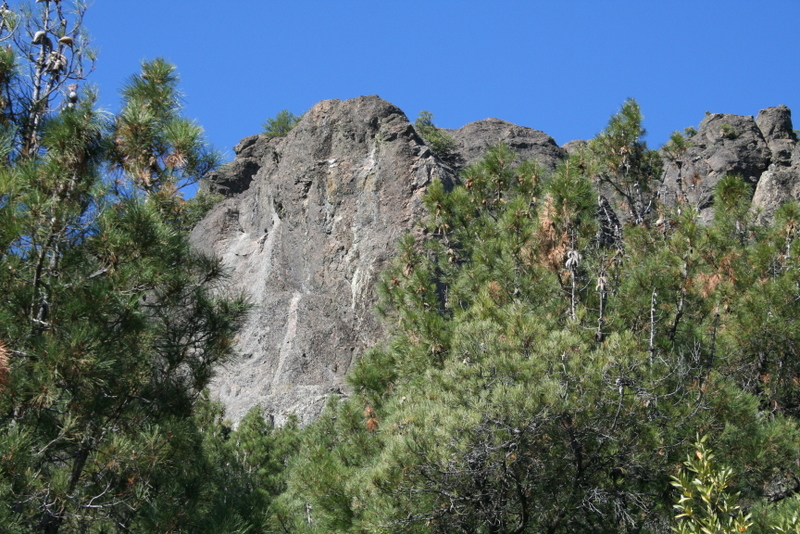Here are a few more simple travel tips compiled from frequent travelers, flight attendants, and fellow travel writers. Want to know what they all have in common?

Hint…they plan ahead.
If you check your bags, pack an outfit in your carry on. This way, you’ll have a spare set of clean clothing ready to go in case your bag is lost. Be sure to ask the airline about their compensation policies. Depending on which route you’ve flown, you may be reimbursed for purchasing toiletries.
Pack some travel size or small packets of laundry detergent. You can use a sink to wash out some underwear or lightweight tops.
Pack a small first aid kit with the basics like bandages, antiseptic wipes, pain meds, and upset tummy meds. You don’t need to bring it all…just some simple basics.

If you can, travel with carry on luggage only.
Keep backups of your travel documents. You can store copies in a cloud-based server. If you’re traveling with a companion, carry a copy of each other’s documents.
Bring noise cancelling headphones, eye mask, ear plugs, entertainment, or whatever makes your long flight more comfortable.
Learn some basic language phrases when traveling to another country. Please and thank you go a long ways. So does asking for the bathroom.
Talk to the locals about the best place for morning coffee or a late-night drink and everything in between.
Remember your chargers. And, remember to pack an adapter if traveling to Europe.
Try to avoid using the airport money exchange counters as they usually charge a higher rate of exchange. Instead, use an ATM when necessary. You can always get some local currency ahead of time.
Prepare for security at the airport. Have your things easily accessible for security check. If you’re not TSA Pre, wear shoes that are easy to remove, take off your belt, and remove your laptop. Don’t hold up the line by not being ready.











